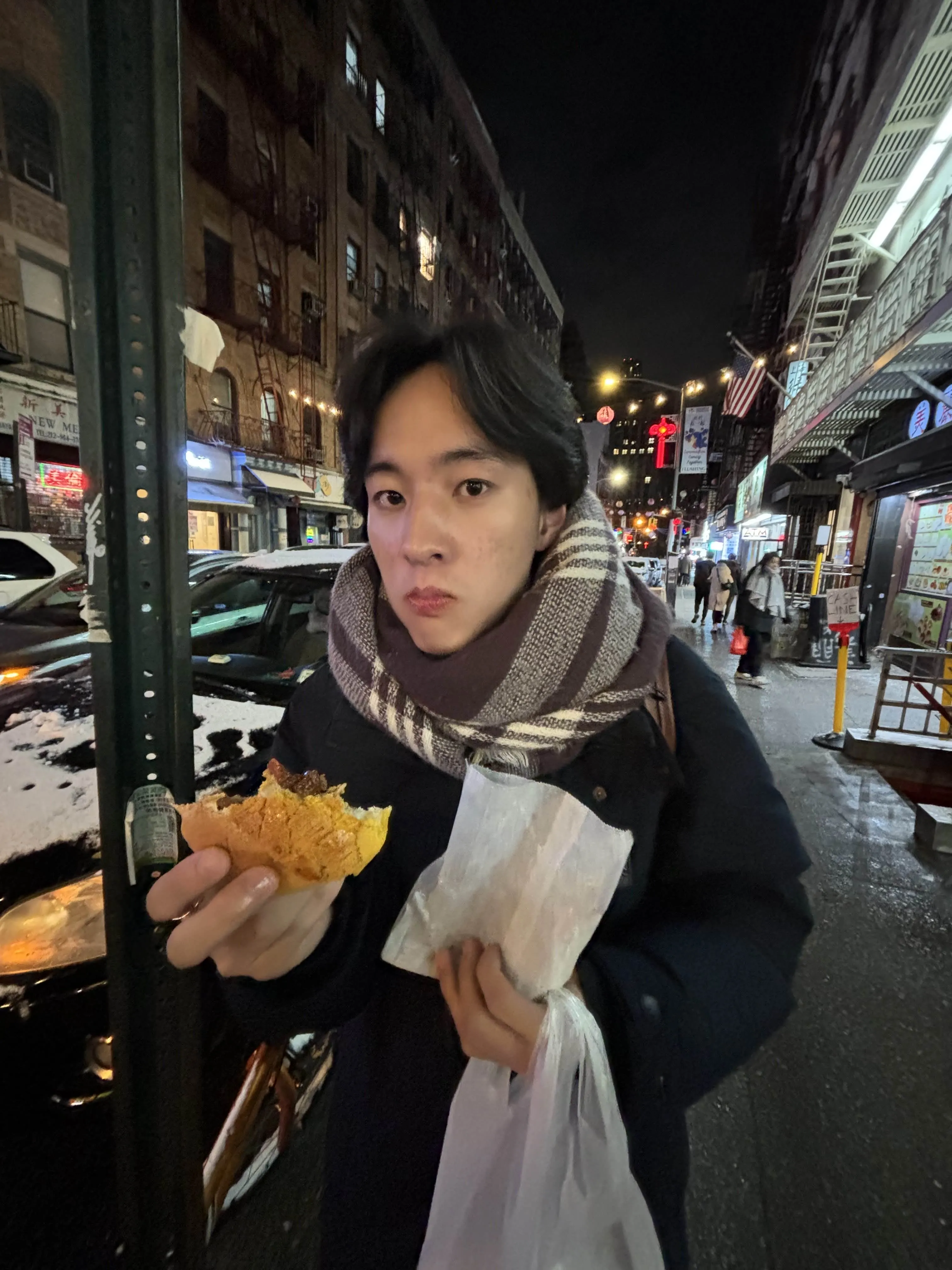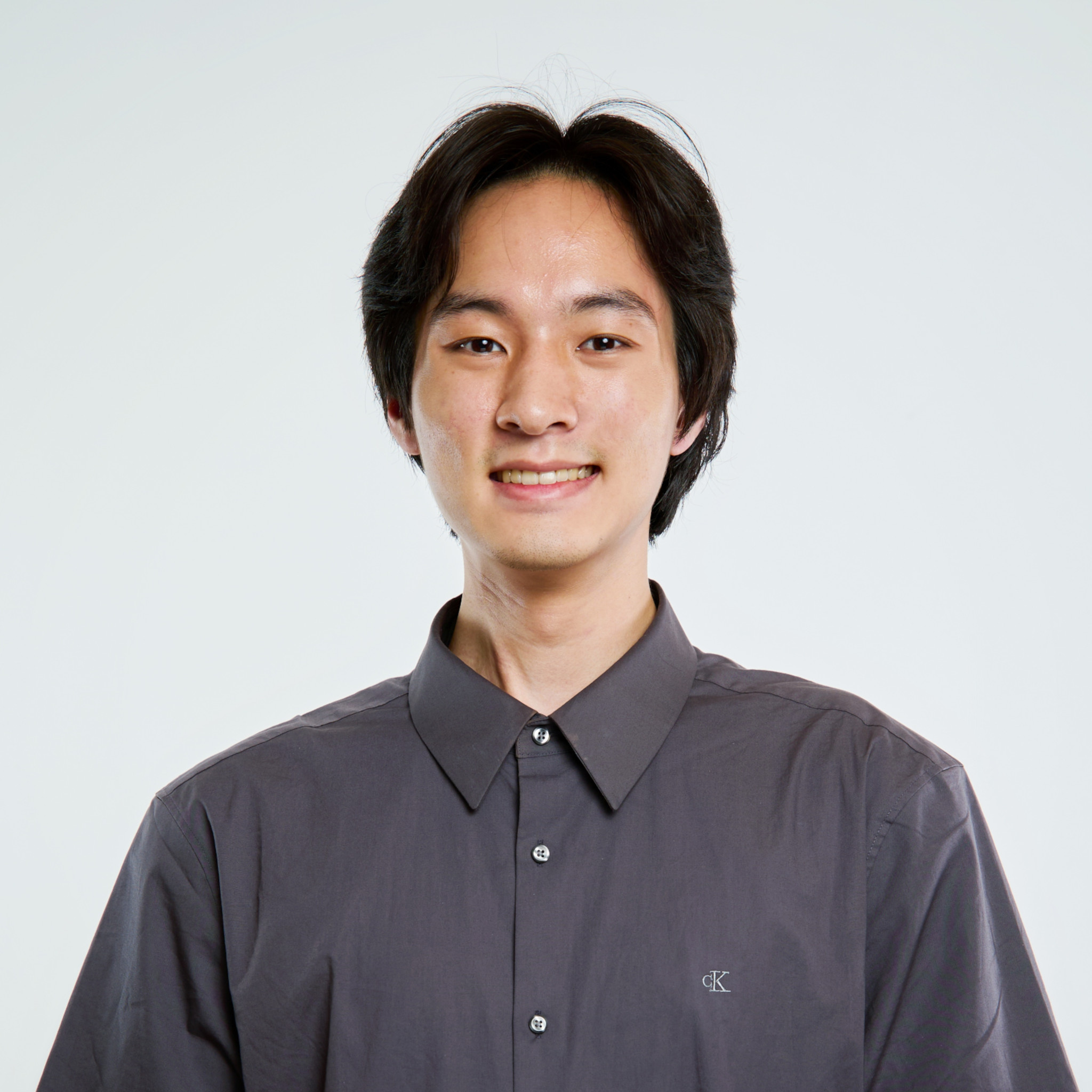Hi, I’m Ethan — welcome to my website!
I’m an aspiring roboticist, amateur musician, and curious creative who believes in making the most out of every opportunity. Whether I’m designing intelligent machines or exploring new ideas, I bring passion and intention to everything I do.

Aside from the engineering you’ll find on this page, I love eating good food, spending time with friends, and playing the cello!
